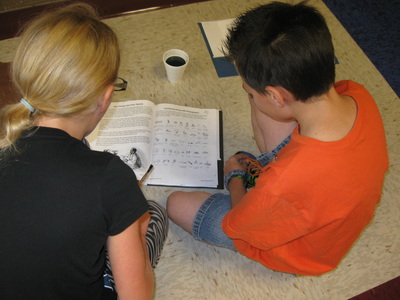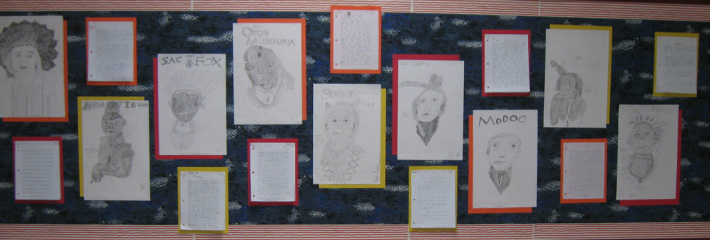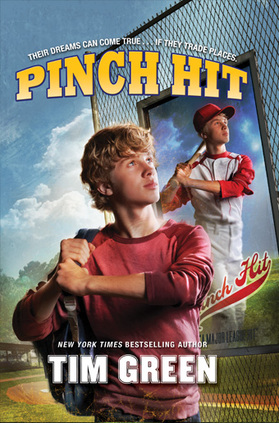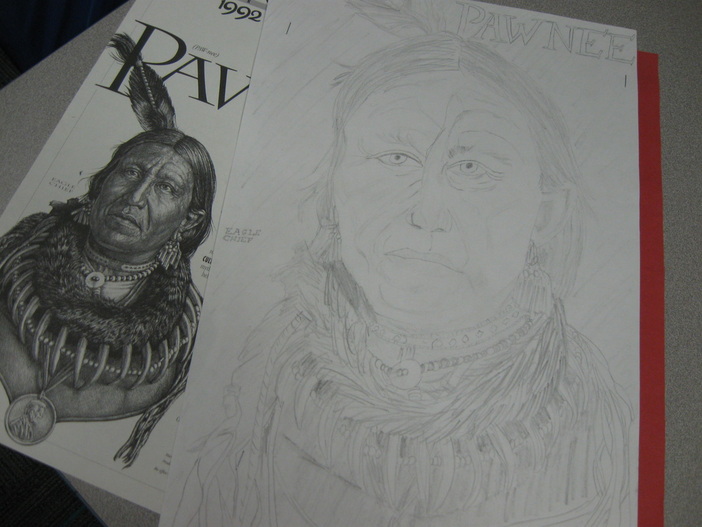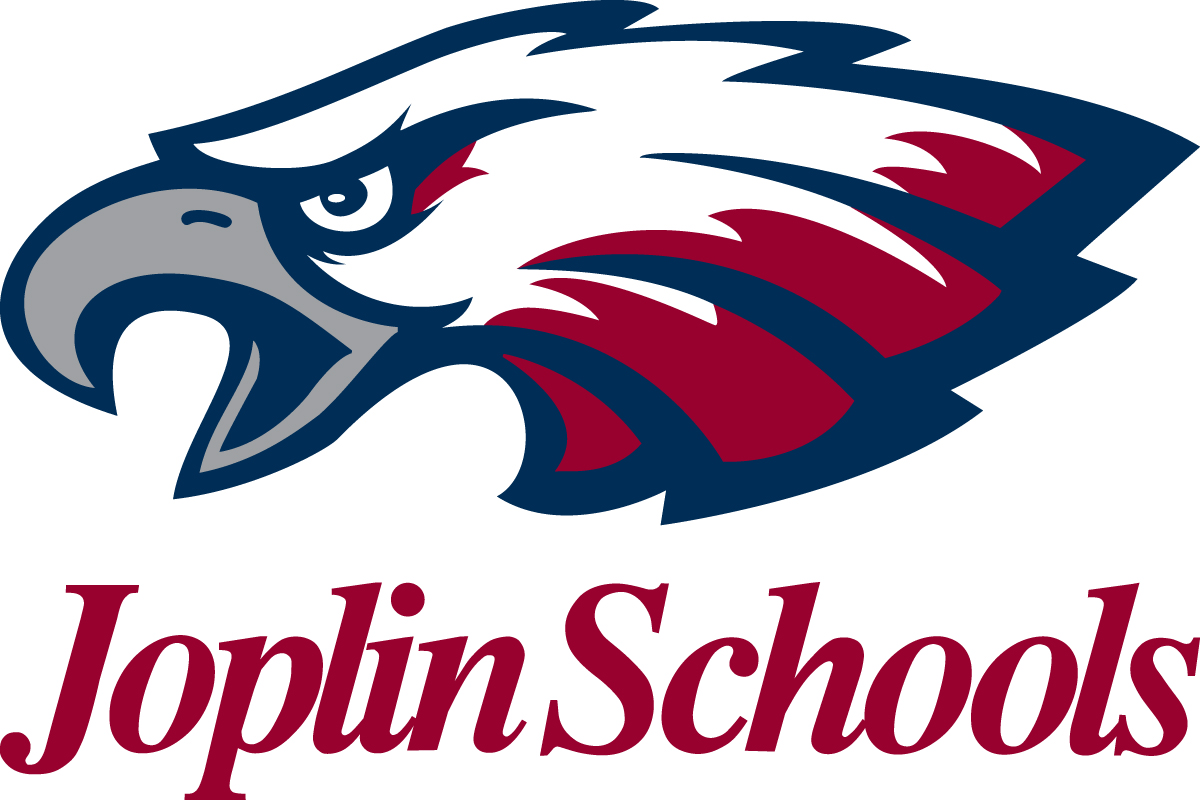| | Students are often called upon to read "chorally". That is, they read together simultaneously as a group. Repeating this practice assists young readers with reading fluency - the speed, accuracy, and inflection of oral reading. Why not, since it's called "choral" reading anyway, actually read the chorus of a song? |
|
0 Comments
 As we close in on 20,000 visitors to our website, I am reminded of our place in the world. Here, in Joplin, Missouri, we sometimes get lost in ourselves; that is, we forget that there are billions of other souls out there, wandering through life along with us. The counters in the right margin of our homepage give us a pretty good idea of population centers where advanced technology exists.  Above is a map of the locations of all of our North American visitors, while the map at left is an indicator of our international guests (If you are one of these guests, looking at this post, we would love for you to identify yourself in the comments.). We are thrilled and humbled by the unlimited boundaries of our reach. One activity we may do soon is recreate the graphic below. The purpose is not to make us feel small (but it does kind of do that, doesn't it?); instead, the purpose is to help us realize that we are part of something big. Without the Me circle at the center of this diagram, there would indeed be a hole in the universe.
Sometimes our families can get on our nerves. Whether it be a brother or sister, older or younger, or the parent-child relationship in this video, we must remember that our relationships matter. Take three minutes to watch this video: Now for some questions:
Can you explain what's happening here?
How did someone determine the correct numbers extending outward from the eight in the center? This week, students interpreted Indian pictographs into English. Afterward, they made their own pictograph stories. Five were selected by their classmates to recreate theirs with paint. These examples of crossing-history-with-writing-and-art will be displayed in the classroom.
To accompany our recent sketches, students were asked to create stories (narratives) with a Native American main character. Some of the sketches and writings are posted on our hallway bulletin board, and they look pretty nice. This is an example of crossing the curriculum. With a little historical background and an intimate art project, many students seemed to be legitimately inspired to write their stories.
This book is kind of a guilty pleasure. While it's a page-turner with its short chapters and alternating storylines, it's probably not the most literary thing I've ever read. About two-thirds of the way through the book, I found myself wanting the author to move things along more quickly. Then, when things started happening, author Tim Green picked up the pace and everything took off at once.
Green also did not take it easy on his characters. Each of them were confronted by just about every obstacle possible - right up to the very end. That's quite a challenge for an author to face. This is an actual classroom report from Class Dojo, the program we use in Room 404 to track student conduct. I am able to categorize the behavior choices (both positively and negatively) of students in the classroom. With this, students can easily see where their own choices have placed them. We can then ask questions to help us individually and collectively improve.
The "donut" report shown here indicates that our total score is 83% positive, that is a combination of 323 positive points and 67 negative points awarded since the first day of school. More importantly, we can look at a glance to discover that we score more positive points in the areas of Accepting Responsibility and Showing Respect. Ironically, contrasting to this, our negative choices have been in the areas of being Irresponsible and Disrespectful. In addition to the class donut report, I also look at individual reports (examples below) to counsel with individual students about their choices. Class Dojo is a very useful program that supports our school's Positive Behavior program, which includes the SOAR acronym.  We recently completed an initial look at reading fluency for the class, and the results are in. Using a program called Aimsweb, I am able to listen to students read short passages to determine the rate at which they read. Backed by research is the idea that when students read at a conversational rate, they better understand the text they have read. At this time, fourth graders are expected to read a minimum of 108 words per minute. At the end of the year, they are expected to read a minimum of 140 words per minute. There are some students who will meet that goal easily and others who can make the effort to get there...but some are far from reading at grade level. Let's look at some statistics for our class: When I look at the numbers, disregarding the color code, it appears that about half of this year's Hoggatteers have achieved grade-level reading levels. Unfortunately, that means the other half are a grade level or two (or more) below expectations. That's all the more reason why each fourth grader should read for 30 uninterrupted minutes, outside of school, every day. Let's make every effort to make this graph change, this year.
I left school early on Friday, experiencing more than a little pain. I've had the same sort of pain a couple of times since the middle of August, and finally, after driving home and trying to take a nap, I asked my wife to take me to the emergency room. After a few hours, scans, rays, tests, pokes, prods, and answering the same questions a dozen times to a dozen people, the doctor finally revealed what I suspected - that my body had been invaded by a kidney stone.
I know the class was concerned when they saw me in such pain as I left the room, so I thought I might relieve their concern and let them know that was released from the hospital at about 8:30, Friday evening. With some pain medication and other procedures, we are hoping that this will all pass quickly. I have no reason to doubt that Monday will be business as usual in Room 404. The following is our handout for this week's family event: Dear Educational Partner, We have devoted our year to helping your fourth grader improve and succeed. Your child is important to us. We understand that your child is the future of our city, our nation, and our world. We strive daily to give our best to your child. Some days are good ones, full of energy and passion, but whether a day is a good one or not, we will try to make this year memorable and meaningful for every child. Please be patient with us as we make mistakes. Thank you, Mr. Culbertson, Mr. Hoggatt, Mrs. Mouton, and Ms. Nold THINGS WITH WHICH WE COULD USE YOUR HELP · Your child needs multiplication flash cards and must work with them nightly. We desperately need to move to deeper concepts in the fourth grade, and basic facts must be mastered soon. Your effort will pay off tremendously.
· Your child must read for 30 uninterrupted minutes every night. Please designate a time for this, and remember to include weekends. Remember that this may include you reading to or with your child, your child reading to you, and/or your child reading on his or her own. · Create a routine, and establish a time for getting things done. Establish a location for homework to be completed without distraction. Have some basic supplies available and in place for this purpose. · Consider limiting the amount of time your child spends in front of the television or video games and personal electronic devices. While entertainment and rest breaks are important, we also suggest physical activity and exercise, as well as a regular supper time and nutritious breakfast. · Check your child’s book bag. Find and sign any permission slips, student planners, binders, or notes from the teacher as soon as you see them. Repack them for return to school on the next day. At times, money is requested to cover certain expenses (field trips, special activities, etc.). · Stay informed about school activities. Maintain contact with the teacher. Attend family events. Check the school website, your teacher’s website (if applicable) and local media. Join Cecil Floyd’s Facebook page. Contact the teacher at school if you have questions or need clarification on an issue. In an attempt to get to know some of the native tribes that inhabited our state, I introduced some portraits drawings of Native Americans who lived in our area. I want students to look for details and nuances that make each portrait come to life as they recreate the drawing with their own pencils. Here are a couple I have done in the past: Looking for details takes some study. We noted the wrinkles and shading. We pondered the clothing and jewelry. We wondered about their personalities and their experiences in life. In short, we became more intimately connected with the people in the portraits. It is especially interesting to see the progression of the work: how the lines blend and move across the page, how the strength of these characters are portrayed, now by a younger artist. All in all, of course, these are pictures of pictures, drawings of drawings, but they are more than that: they are a study in character - something of a lesson for both history and the connection between these new works of art to the words of a story.
|
AnthemThe Hoggatteer Revolution
is an extensive, award-winning, inimitable, digital platform for Encouraging and Developing the Arts, Sciences, and honest Christianity in the beautiful, friendly LAND OF THE FREE AND THE HOME OF THE BRAVE This site is described as
"a fantastic site... chockablock full of interesting ideas, hilarious anecdotes, and useful resources." 
...to like, bookmark, pin,
tweet, and share about the site... and check in regularly for new material, posted often before DAWN'S EARLY LIGHT! History in ResidenceElementary Schools: Bring Mr. Hoggatt into your classroom for a week of engaging and rigorous history programming with your students. LEARN MORE BUILDING BETTER
|



